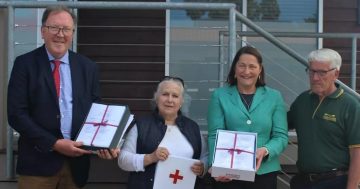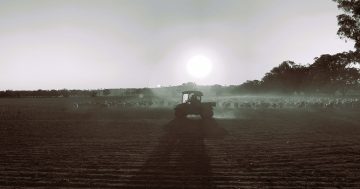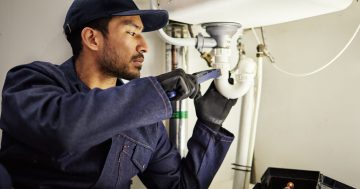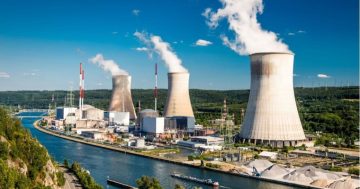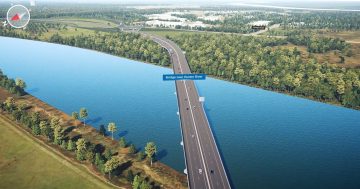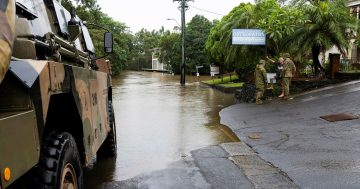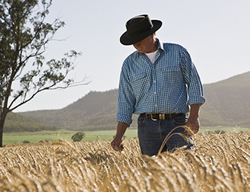 Regional communities are being reminded to protect themselves from harmful UV radiation following the release of a melanoma hotspots map from the Cancer Institute NSW.
Regional communities are being reminded to protect themselves from harmful UV radiation following the release of a melanoma hotspots map from the Cancer Institute NSW.
Responding to the Institute’s map, Minister for Regional Health, Bronnie Taylor said it showed that 23 of the State’s 25 melanoma hotspots were in regional NSW.
“Australia has one of the highest rates of skin cancer in the world, yet many of us are still not doing enough to reduce our skin cancer risk,” Mrs Taylor said.
“The melanoma hotspot map shows Ballina, Lismore, Richmond Valley, Clarence Valley and Byron local government areas (LGAs) in northern NSW have the State’s highest burden of melanoma,” she said.
She said Coffs Harbour, Sutherland Shire, Port Macquarie-Hastings, Tweed and Bathurst LGAs, were also in the State’s top 10.
“This should be a real reminder to our regional communities, if you step outside, whether it’s at the beach or for a walk to the shops or along the river, apply sunscreen, wear a hat and sunglasses, cover up and seek shade,” the Minister said.
“Melanoma is the most common cancer among young Australians and the third most commonly diagnosed cancer in all Australians,” she said.
“Ninety-five per cent of melanoma and 99 per cent of non-melanoma skin cancers are caused by overexposure to UV radiation from the sun, and can be prevented with proper sun protection.”
Chief Cancer Officer for NSW and Chief Executive of the Cancer Institute NSW, Tracey O’Brien said everyone was at risk of developing melanoma, regardless of where they lived.
“Whether you live in Ballina or Bondi, if you step outside without taking skin protection measures, you run the risk of developing melanoma,” Professor O’Brien said.
“Melanoma can be lethal and we need to do everything possible to protect our skin,” she said.
The Cancer Institute NSW’s melanoma hotspots map can be accessed at this PS News link.



